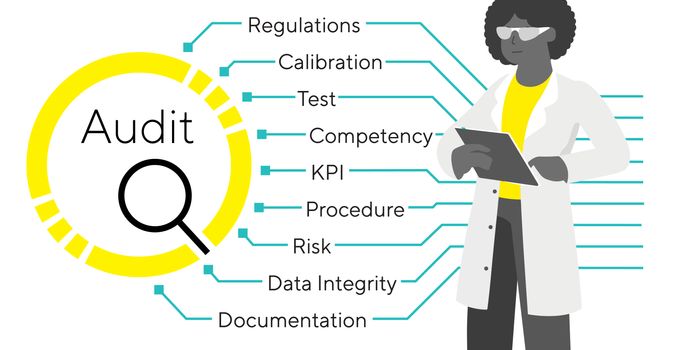Using Excess Blood Sugar in the Blood Stream to Create Electricity
Type 1 diabetes is a condition that affects millions of Americans. Characterized by an inability to produce a hormone called insulin, people with type 1 diabetes have a hard time regulating their blood sugar levels. Supplementing with artificial insulin has long been the gold standard for treating and managing type 1 diabetes. The development of new tools and devices have made it easier for people to manage diabetes. For example, insulin pumps attached to the body have been a revolutionary way to reduce the need for manual self-injections of insulin.
However, these devices still have a key limitation: they need a reliable energy source. Currently, many devices rely on external, changeable batteries to power the pump. But what if there was a way to produce a more reliable, consistent stream of energy to power these devices, making it even easier to manage type 1 diabetes?
A team of researchers at ETH Zurich may have come up with a solution that may sound more like science fiction than reality. The team has developed an implantable tool that can generate electricity just by using excess blood sugar (abundant in people with type 1 diabetes). This could help power insulin pumps. The new tool is described in an article published in Advanced Materials.
The new tool is like a tea bag: it includes an anode electrode that includes copper-based nanoparticles. When it comes into contact with glucose, it splits these molecules into two parts: gluconic acid and a proton that creates electricity. These materials are wrapped in a fabric that contains an algae product (the tea bag part). The tool is implanted below the skin, where the algae product absorbs body fluid, which contains glucose.
To test the reliability of the power generated through this novel approach, researchers combined the new fuel cell with a capsule that contains artificial beta cells, which are normally produced in the body to create insulin. When stimulated, these cells can create insulin in the body, work as a type of insulin pump.
The team also found that the energy produced by their novel tool had an added benefit: not only did it provide enough energy to stimulate the beta cells, but the system could also supply energy to allow implanted devices to send information to devices like a smartphone app.
Sources: Eurekalert!; Advanced Materials








